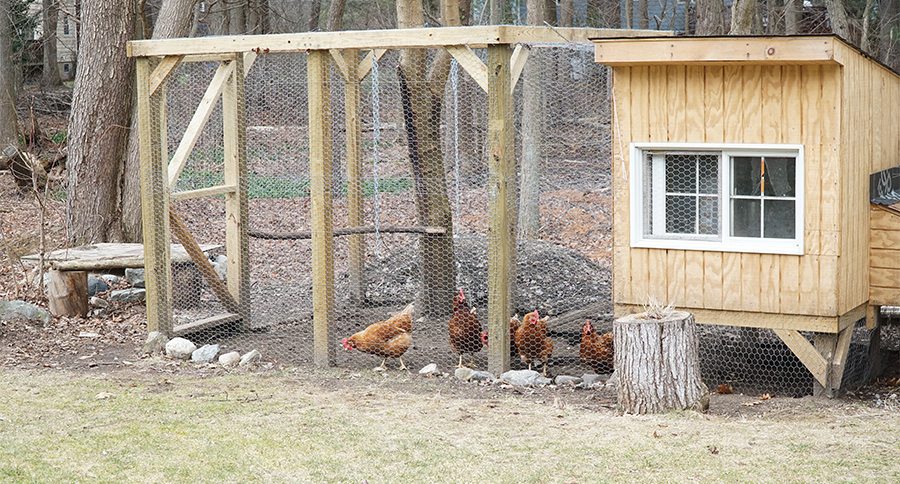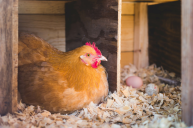This is a guest post written by Claire Smith of The Happy Chicken Coop.
Well we're officially on the countdown to spring and that means one thing... new baby chicks!
If you're planning to get chickens then you're going to need a coop. Building your own coop can be much cheaper than buying one, so in this article we're going to discuss some of the most important steps when building your own coop.
Lots of articles online cover the actual stages of building a coop, so in this article we're going to focus on the key planning steps you need to get right to ensure a successful build.
Step 1: Figuring Out the Correct Size Coop
Before you start your build you need to figure out how big your chicken coop needs to be. To do this you can use this simple rule of thumb; three square feet per chicken. For example, if you're planning to build a coop for six hens then your coop needs to be around 18 square feet.
If you're getting bantams or larger breeds make sure to add an extra square foot per chicken. Calculating the correct size coop is very important because a coop that is too small creates overcrowding and leads to some nasty flock behavior such as bullying and feather picking.
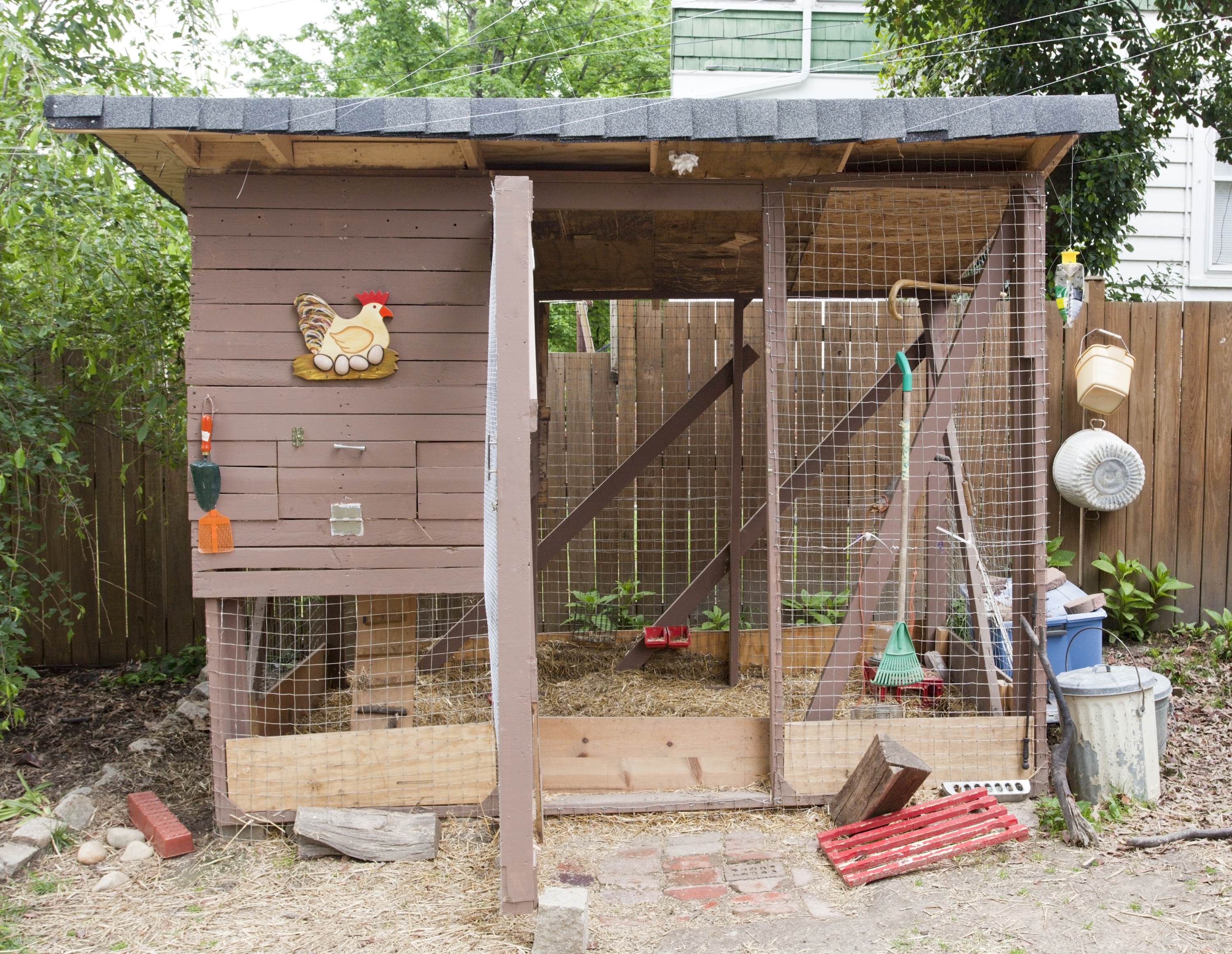
Step 2: What Makes a Successful Design?
Now that you know how big the chicken coop needs to be, you can start working on the design. You can either go from scratch or use existing chicken coop plans here. My recommendation is to use and modify existing coop plans. This way you can look at other people's coops and figure out what worked and what didn't work; learn from their mistakes!
Don't rush this stage, you should experiment with different designs; it's much quicker and cheaper to make changes to a paper plan than during the actual build...
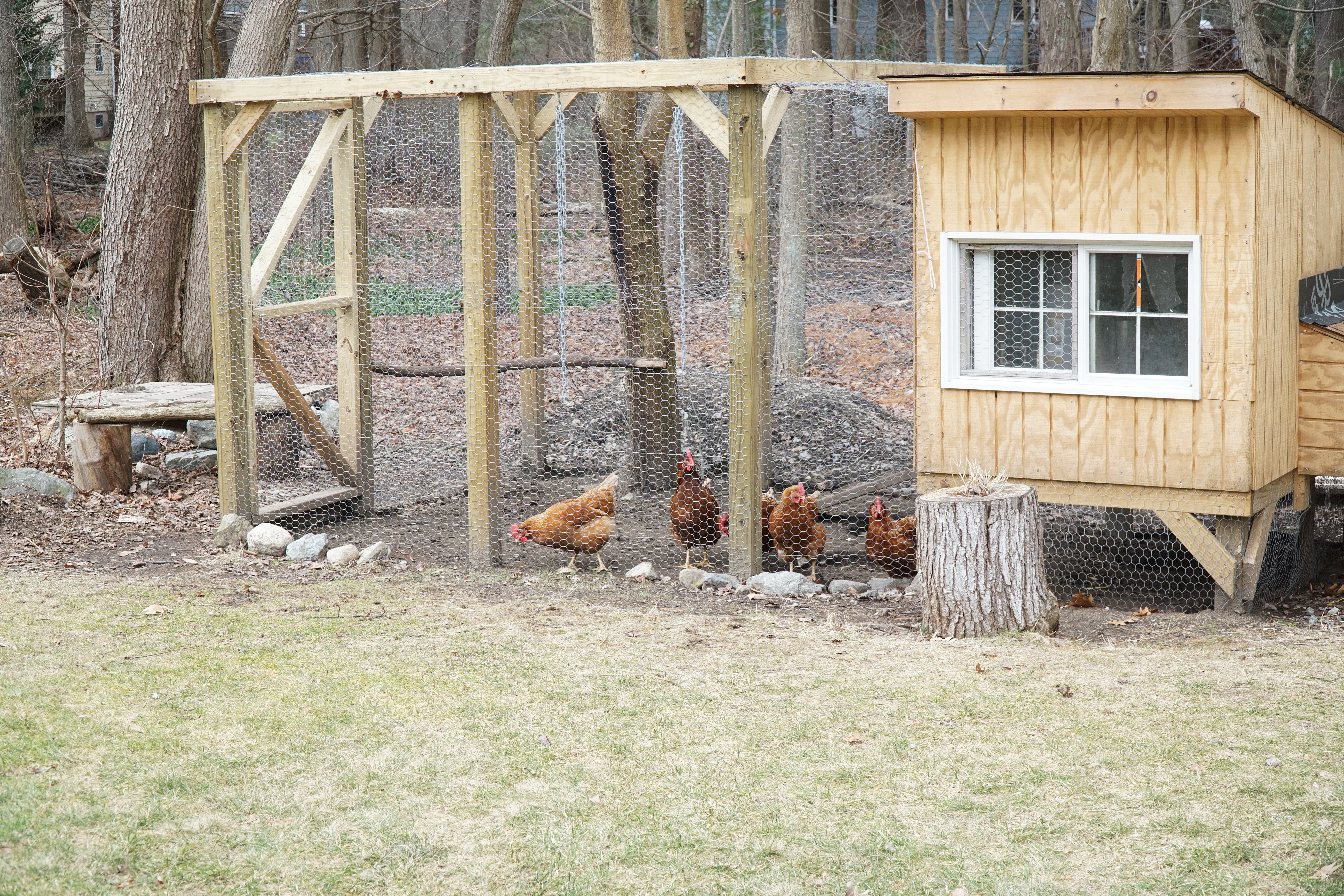
Step 3: Perfecting your Ventilation
Before we move on from design, one thing to remember is the importance of ventilation. Ventilation helps supply the coop with fresh, clean air. This means it prevents dampness, humidity, and ammonia build-up inside the coop.
If your coop has a high level of humidity it can cause problems with your chicken's respiratory system and also increase the likelihood of getting frostbite. Also without adequate ventilation ammonia fumes can build up to dangerous levels causing further health problems.
You should make sure your coop has several ventilation holes. In a perfect setup you should have ventilation holes at the top and bottom of your coop. Remember though, the ventilation holes shouldn't be near the roosting bars as this can cause a draft on the hens.
Step 4: Location
Perhaps the most important step in building your chicken coop is figuring out the best location for it. Even the most well-built chicken coop will have problems if it isn't placed in a suitable location.
In my experience you will want to place your coop somewhere that offers it natural protection from the elements. This means in warm climates it should have shade (i.e. trees). And in cold damp climates it should be placed on high ground to prevent water bogging; this will cause your coop to rot.
Fortunately most potential location problems can be fixed through good design. For instance if you live in a cold climate and your coop will be exposed, make sure to use south facing windows to provide natural heat for your coop.
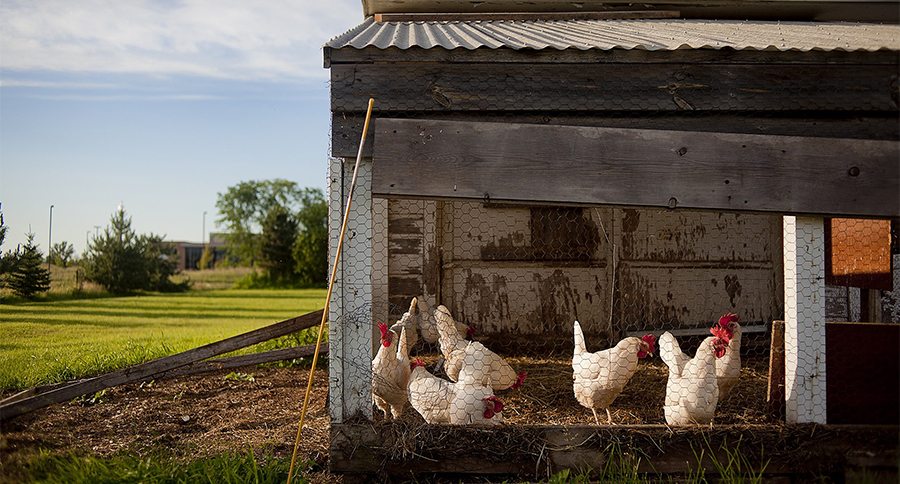
Step 5: Using the Right Materials
So you've got your plan perfected and you're ready to start building. The last key step is making sure you buy the suitable materials to build from. When building your own chicken coop it can be very tempting to save on cost and buy cheaper materials. A common example of this is people using cheap wood, such as reclaimed fiber board, to build with.
While you can certainly save money by cutting cost wisely, one material you should not cut cost with is your wood. You'll want strong, durable wood, such as pine, that has been treated. Without this your coop will be susceptible to rotting quickly, and your poor hens will get wet!
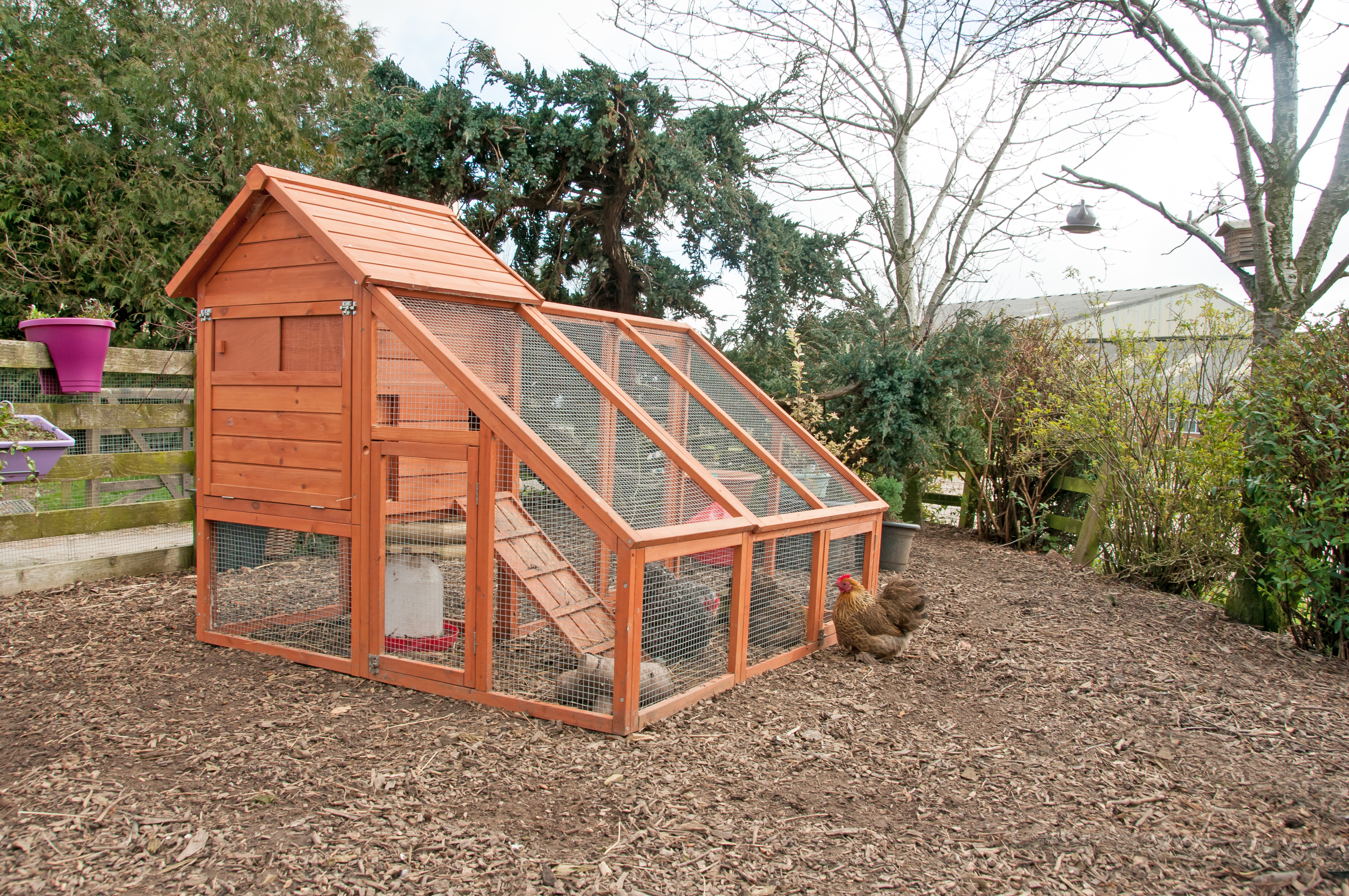
Make sure to comment with a photo of the coop which you built and be sure to leave any questions below and I will do my best to help answer them.
Good luck!
Have you built a chicken coop? Show us and tell us some of your tips in the comments below!
WATCH NOW: How to Have the Best Tasting Eggs from Your Backyard Chickens
